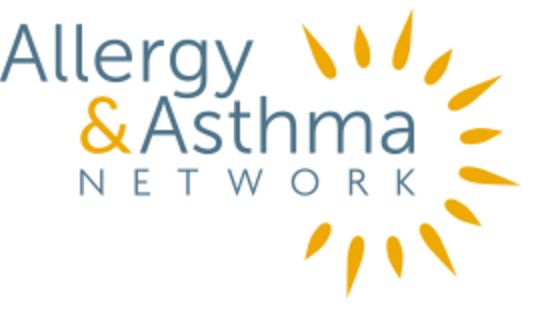What is a mold allergy?
Molds are microscopic organisms called fungi, found virtually everywhere, indoors and out. Molds reproduce through spores spread by water, insects or air, so tiny and lightweight they can float through the air like pollen.
What are the symptoms of a mold allergy?
When inhaled, molds typically cause symptoms such as nasal and sinus congestion, sore throat, sneezing, watery or burning eyes, dry cough, shortness of breath, and irritation of the nose, throat or even skin.
Is mold allergy bad for people with asthma?
What makes mold spores so dangerous for people with asthma remains mostly a mystery. Some experts say that mold spores’ small size permits them to pass more easily into the lower airways, where they can trigger an asthma attack. Others contend mold spores may also interact with other allergens and environmental air pollution, thus increasing the asthma risk from those substances. In addition to allergic reactions, people also can have an irritant response to some of the volatile chemicals that molds put out.
How do you get tested for a mold allergy?
To test for a mold allergy, the doctor will take a comprehensive medical history and ask you about your symptoms and when they occur. Tests for mold allergy include:
- Skin prick tests – Droplets of mold allergens are placed on the skin surface with tiny punctures. Raised bumps (about the size of a mosquito bite) strongly indicate an allergy to that substance.
- Blood tests – Chemical testing detects Immunoglobulin E (IgE) antibodies circulating in your blood that are directed at specific allergens. Lab results may take days. A blood sample is sent to a medical laboratory, where it can be tested for evidence of sensitivity to specific types of mold.
The doctor will put all the evidence together – test results, your personal and family health history, home and work environments, activities that might expose you to allergens, a physical exam of your eyes, ears, nose and lungs – before reaching a diagnosis.
Where do you find indoor and outdoor mold?
Outdoor mold
Outdoor mold grows in dark, damp places and is found under fallen leaves and in rotting vegetation in gardens. The peak season for mold differs in different parts of the country:
- Northern United States: Growth begins after the first spring thaw and peaks in late summer and fall
- Southern United States: Year-round growth
- Western United States: Year-round growth
Indoor mold
Indoor mold can grow on any organic surface and is found in damp areas such as basements, attics, under-sink cabinets, refrigerators, garbage containers, clothes dryers, upholstery and house plants. Dusty and musty old books, magazines and newspapers are also breeding grounds that many people overlook. Other common hiding places include damp window moldings and sills, shower stalls and shower curtains.
Mold can become a significant problem if it remains undiscovered or unaddressed. Allergy symptoms can occur when mold is inhaled.
How do you limit mold exposure?
Reducing mold inside your home
To reduce mold inside your home, eliminate the conditions they need to grow:
- moisture
- darkness
- poor ventilation
How can you remove mold?
It’s best if someone other than the person with the mold allergy works to remove the mold. If you have any concerns about the appearance of the mold, consider consulting a mold remediation contractor.
First, identify the source of the moisture that is allowing the mole to grow and fix the source if you can. Remove any carpet or drywall that has had mold growing on it. If the mold is extensive, you may need to hire a mold remediation contractor.
If materials cannot be removed, you can remove visible mold and mildew with a household bleach solution or non-toxic mix of 1T baking soda, 2T white vinegar and 1 qt water.
Following cleaning, a dehumidifier is often useful in not allowing mold to regrow.
Reducing mold exposure outdoors
Outdoors, mold grows on leaves, trees, and rotting wood. While ridding the outdoors of mold isn’t possible, you can reduce your exposure by keeping windows closed and limiting outdoor activities when mold levels are high. Many local weather reports list mold counts along with pollution levels. Airborne molds often reach peak levels on dry, windy days when breezes kick up spores growing in moist areas.
© 2021 Allergy and Asthma Network

Last updated : 7/10/2020